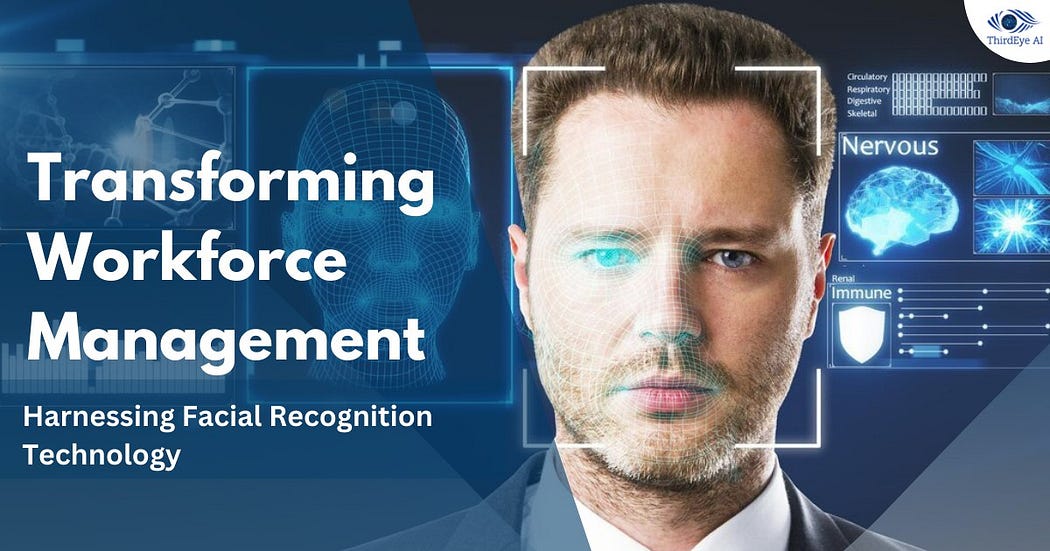
The Evolution of Facial Recognition Technology
Facial recognition technology emerges as a potent antidote to the limitations of traditional workforce management systems. By harnessing sophisticated algorithms to analyse facial features, this technology facilitates precise and automated employee identification. It obviates the need for physical timecards or manual inputs, thereby optimising workforce management processes and fortifying security measures.
Operational Mechanism
Facial recognition-based workforce management systems function through a sequence of steps:
- Image Capture: A camera captures the facial image of an employee.
- Feature Extraction: Key facial attributes are extracted from the captured image.
- Face Matching: The extracted features are compared with a database of known employees.
- Workforce Monitoring: Upon successful identification, the system records the employee’s attendance or monitors their activities.
Industries Embracing Facial Recognition Systems
Facial recognition technology finds application across diverse industries for workforce management purposes, including:
- Retail: Retail establishments employ facial recognition systems for employee attendance tracking, theft prevention, and enhancing customer service through personalised interactions.
- Hospitality: Hotels and restaurants utilise facial recognition technology for employee timekeeping, access control, and guest recognition.
- Manufacturing: Manufacturing facilities integrate facial recognition systems for workforce tracking, ensuring adherence to safety protocols, and optimising productivity.
- Transportation: Transportation companies leverage facial recognition technology to verify employee identities, manage driver schedules, and bolster passenger safety measures.
Future Prospects and Benefits
The future trajectory of facial recognition technology in workforce management promises a myriad of benefits
- Efficiency: Automated workforce management minimises administrative burdens and error rates, thereby enhancing productivity and cost-effectiveness.
- Security: Facial recognition systems bolster workplace security by thwarting unauthorised access attempts and deterring fraudulent activities.
- Compliance: Automated tracking mechanisms ensure compliance with labour regulations and furnish accurate records for audit and reporting purposes.
- Analytics: Real-time data gleaned from facial recognition systems can be analysed to discern trends, optimise staffing levels, and elevate workforce performance.
Challenges and Ethical Considerations
While facial recognition technology presents a plethora of advantages, it also introduces challenges and ethical quandaries. Concerns regarding privacy infringements, algorithmic biases, and the potential for misuse underscore the imperative for prudent implementation and regulatory oversight. Upholding principles of transparency, accountability, and data protection is paramount to engendering trust among employees and stakeholders.
Conclusion
Facial recognition technology stands at the vanguard of a paradigm shift in workforce management, offering a robust solution for precise, efficient, and secure employee identification and monitoring. As organizations embrace this transformative technology to optimize their workforce operations, it is imperative to confront challenges and ethical dilemmas head-on, thereby ensuring responsible deployment and maximizing benefits for all stakeholders involved. ThirdEye AI presents a cutting-edge Facial Recognition Based Attendance System that not only streamlines attendance tracking but also prioritizes privacy and ethics, heralding a new era of conscientious workforce management.
Comments